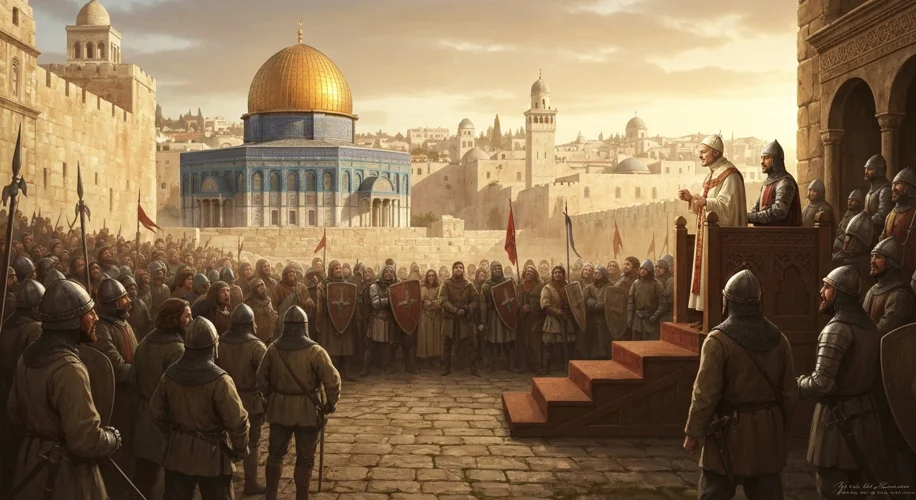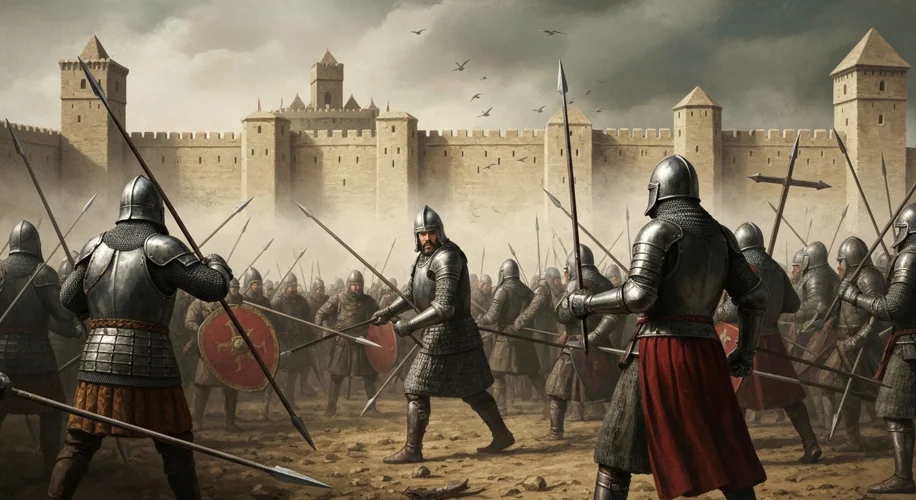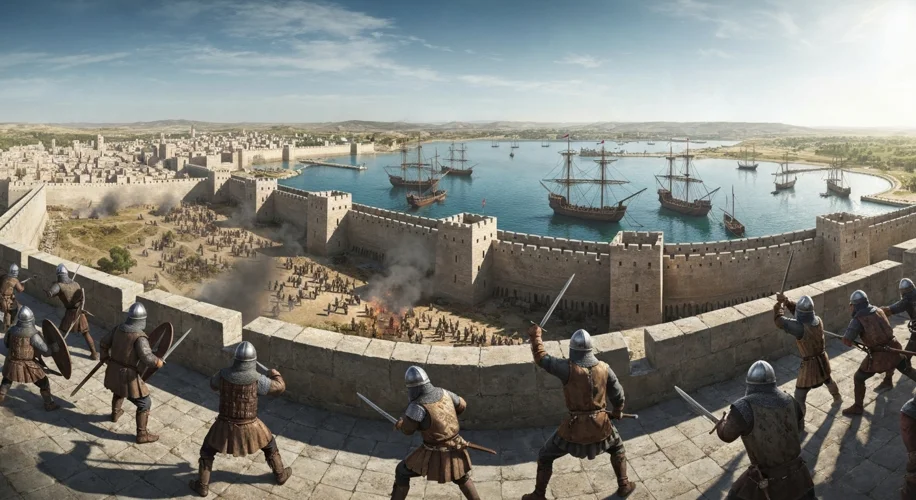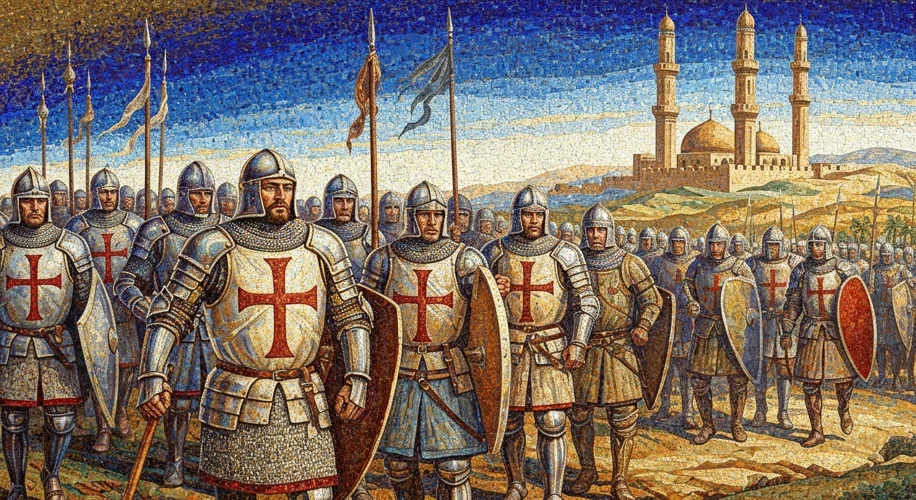The year is 1095. The air in Clermont, France, crackled with an energy that would soon engulf continents. Pope Urban II, standing before a vast assembly, painted a vivid picture of a sacred land suffering under the yoke of foreign rule. His words were a fiery call to arms, an impassioned plea for Christendom to reclaim Jerusalem, the very heart of their faith, from Muslim hands.
This was the genesis of the Crusades, a series of religious wars that would span centuries and leave an indelible mark on the medieval world. It wasn’t a singular event, but a complex tapestry woven from threads of faith, politics, economics, and a thirst for adventure.
The seeds of the Crusades were sown in a fertile ground of burgeoning European power and deep-seated religious devotion. The Byzantine Empire, facing the relentless advance of the Seljuk Turks, sent a desperate plea to the West for aid. This appeal, coupled with the growing influence of the papacy and a population eager for spiritual merit and tangible rewards, created the perfect storm. For many, the idea of embarking on a holy pilgrimage, armed and ready, offered the promise of divine forgiveness for sins and the potential for glory, both earthly and eternal.

The First Crusade (1096-1099) was a monumental undertaking. It wasn’t a cohesive, centrally controlled military force, but rather a collection of disparate groups, each with their own motivations. Knights, eager for land and prestige; peasants, seeking escape from hardship and a chance for salvation; and merchants, eyeing lucrative trade opportunities in the East, all converged under the banner of the cross. The journey was brutal. Starvation, disease, and skirmishes with hostile forces thinned their ranks significantly. Yet, against all odds, they reached the Holy Land.
The siege of Antioch was a turning point, a brutal and desperate struggle that saw the Crusaders on the brink of defeat before a miraculous discovery – the supposed relic of the Holy Lance – reignited their fervor. Finally, in 1099, after a grueling siege, the Crusaders breached the walls of Jerusalem. The ensuing massacre of the city’s inhabitants, both Muslim and Jewish, stands as a grim testament to the ferocity of the conflict and the religious zeal that fueled it.
Following this initial triumph, the Crusades continued, a series of ebb and flow. The Second Crusade, launched in response to the fall of Edessa, was a catastrophic failure. The Third Crusade, often called the “Crusade of Kings,” saw the participation of legendary figures like Richard the Lionheart of England, Philip II of France, and Holy Roman Emperor Frederick I Barbarossa. Despite the presence of such powerful monarchs, Jerusalem remained under Muslim control, though a truce allowed unarmed Christian pilgrims access.

The motivations behind the Crusades were multifaceted. For the Church, it was a means of asserting papal authority, channeling the martial energies of European nobility away from internal conflicts, and expanding Christendom’s reach. For the knights, it was an opportunity for glory, land, and the spiritual reward promised by the Pope. For the common folk, it offered a chance for penance, adventure, and a better life. From the perspective of the Islamic world, these were incursions by fanatical outsiders, a disruption of established order and a threat to their lands and way of life.
The consequences of the Crusades were far-reaching and complex. While the initial goal of permanent Christian control over the Holy Land was ultimately not achieved, they had a profound impact on both East and West. Trade routes were expanded, fostering greater interaction between Europe and the Middle East. New ideas, technologies, and cultural influences flowed in both directions, stimulating intellectual and economic growth in Europe. The Crusades also contributed to the rise of powerful military orders, such as the Knights Templar and the Knights Hospitaller, who played significant roles in medieval society.
However, the Crusades also left a legacy of bitterness and mistrust between Christians and Muslims that, in many ways, persists to this day. The violence and devastation inflicted upon various populations, including Jews in Europe who were often targeted during the fervor of the Crusades, cast a long shadow. The economic drain on European kingdoms was considerable, and the internal conflicts and power struggles exacerbated by the Crusades reshaped the political landscape of medieval Europe.

In retrospect, the Crusades were more than just military campaigns; they were a defining epoch of the Middle Ages, a potent blend of faith and feudalism that propelled Europe onto a new trajectory. They reveal the intricate interplay of religious fervor, political ambition, and economic aspiration that shaped the medieval world, leaving a legacy of both profound cultural exchange and enduring conflict. Understanding the Crusades means grappling with the complex human motivations that drove individuals and societies to undertake such extraordinary, and often brutal, endeavors in the name of God and glory.

